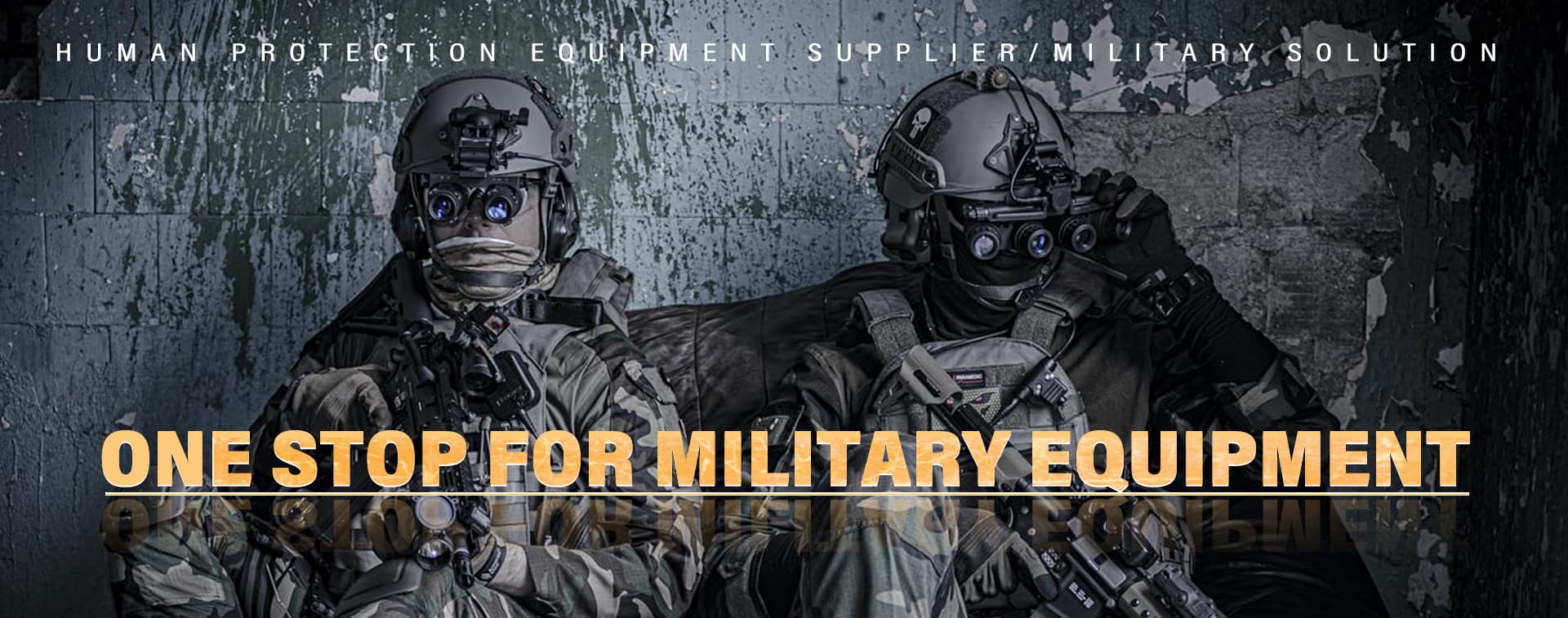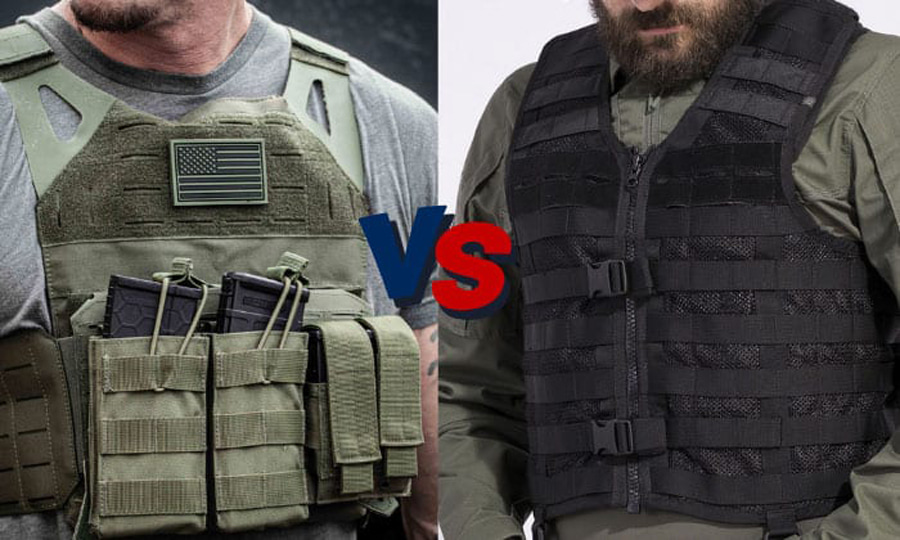
Are Plate Carriers Bulletproof?
To answer this question, we will need to understand what is plate carrier. As its name implies, a plate carrier is a carrier carries a plate which stop rifle rounds. So you're going to add more equipment to them if you need it to be against gun threats. What's good about these plate carriers is that they can ease some of the weight off your gun belt, spreading the weight all over your body which bulletproof vest can't do.
How to Equip a Plate Carrer ?
Keep in mind that these discussions are based on the fact that you must load plate carriers with armor plates while wearing them. Plate carriers ensure it is easy for you to get the level of protection you are looking for at any point. Plate carriers are best when you are looking for protection against rifle threats. You’ll have to put up with the bulkiness, but at least you will be sure you are adequately protected.
Plate carriers are typically used by military personnel, but other tactical forces or civilians are free to use them whenever they want to. Plate carriers are also quite easy to accessorize. Plate carriers only cover your front from the neck to the waist and the back. They are flexible, adjustable and easy to remove. The straps are easy to pull off, and one would be able to take them off and drop them in an emergency.
Just to reiterate, PE armor ballistic plates are nowhere near as heavy as steel and ceramic plates. They are also quite protective as compared to steel or ceramic. The most impressive aspect of PE armor plates is that they can provide protection against multiple hits. Take for instance ceramic plates; In the event of heavy gunfire, the ceramic plate will shatter with the first hit, and leave you exposed while shots are still being fired.
When steel plates are hit, steel fragments fly off the surface of the plate. These fragments can slice through the carrier vest and injure you. They do not offer optimum coverage like bulletproof vests. Secondly, if you have to put on steel or ceramic plates, you’ll have to carry around a lot of weight. They are also not concealable. All these issues make plate carriers ideal for military use, but not daily civilian use.

Plate carrier or Bulletproof vest?
The suitability of either bulletproof vests or plate carrier depends on the situation. In a wrap, if you are facing low-level threats, bulletproof vests are the ideal option because they are comfortable to wear. For high-level threats, you’ll need plate carriers and their respective plates in order to stay safe. As mentioned earlier, your safety should always come first when making any considerations concerning body armor. All other factors are secondary.
If you are stuck somewhere in between the two, we recommend that you purchase carrier plates with PE armor plates. These offer ample protection without compromising too much on comfort.

Each material has advantages and disadvantages. Advantages of steel plates:
There are also disadvantages:
Ceramic also has its pros and cons:
The main disadvantages of ceramics:
In general, ceramic is a more modern and lighter type of slab.